I'm a tinkerer but not an electrical engineer. I'm constructing a stereo->mono summing box for my stereo (to listen to Beatles LPs properly, natch). I'm using the design & schematic here for this. Essentially it's two pairs of panel mount RCA jacks (input and output) for stereo signal, running through a 4PDT switch with a couple resistors to prevent feedback. Here is a copy/paste of the schematic from that blog:
What I am a little fuzzy on is what the minimum and/or reasonable conventions would be for "shielding" of this component. Ie, against RF interference from outside the box or stupid wiring ideas inside the box.
The web page linked there suggests just using plain 22AWG hookup wire inside the box for the +ve signals and just linking all four of the RCA sleeves (-ve) together. I have a few questions:
I was planning on using an ABS plastic enclosure for this, but then realized that I might prefer a metal enclosure to help with shielding but honestly I don't really know how this works?
Is basic hookup wire reasonable here? Or is there like some kind of single-conductor shielded wire that should be used for audio signals? Or something else? I know that two-conductor shielded wiring is often used for audio internals and carries signal/ground with the shield connected to ground at one end. But the circuit I'm building is really all signal lines and no ground, so even if shielded-single-conductor exists (and it's certainly not common on e.g. amazon) I don't know what I'd connect the shield to-- unless figuring out how to wire it all out to the RCA sleeves.
What do I need to think about, if anything, about physical layout of the wiring inside the box? If I use some two-conductor wires I happen to have handy either leaving one conductor unused or using the conductors for two different things (ie not the +/- of the same signal) is that a problem?
Any other obvious gotchas or obvious best practices that I should be aware of?
I am sure that using the plastic box and the radio shack hookup wire would "work" just fine most of the time, but I'm trying (a) to learn what I should be paying attention to for this sort of project and (b) my stereo is nice enough that I'm trying to not actively degrade the signal through basic incompetence. :)
Thank you so much for any insight.
